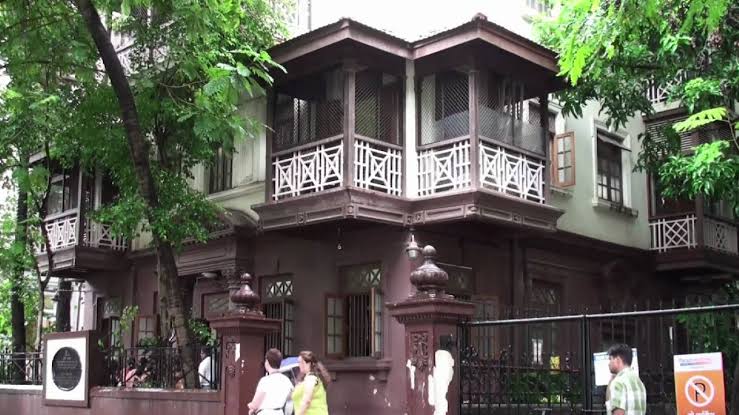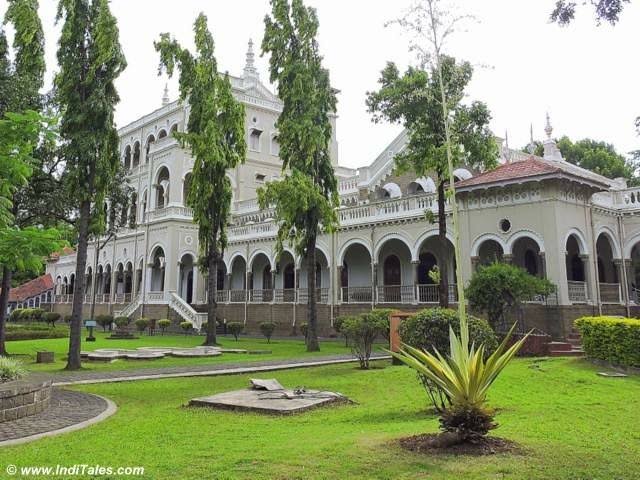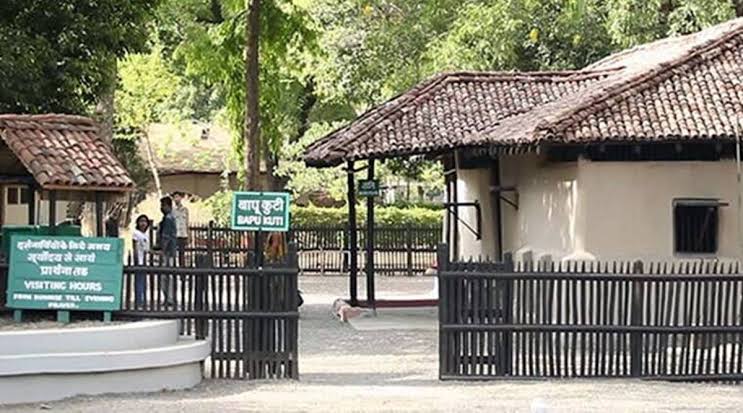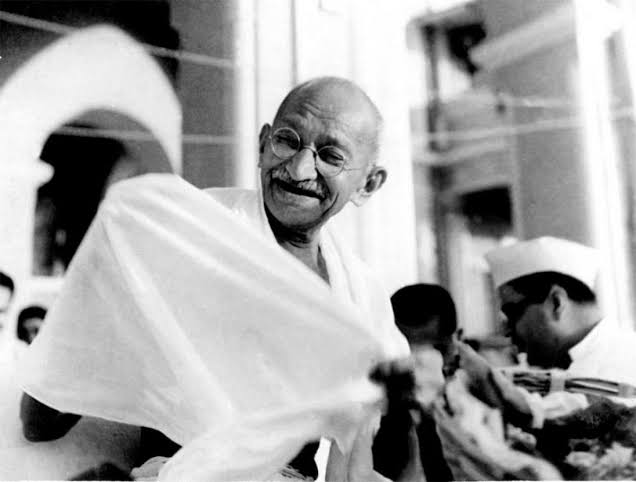Do you what is common between Mani Bhavan in Mumbai, Aga Khan Palace in Pune, and Sevagram Ashram in Wardha near Nagpur? The answer is Mahatma Gandhi and India’s freedom struggle!
Mani Bhavan, a modest two-storeyed building at the Laburnum Road near the Grant Road station and August Kranti Maidan served for about 17 eventful years (1917-1934) as the nerve center in Bombay for Gandhiji’s activities. It belonged to Revashankar Jagjeevan Jhaveri who was an ardent devotee of Gandhiji and his affectionate host during that period.

Now it houses a museum and many dignitaries visit it. It was from Mani Bhavan that Gandhi initiated the Non-Cooperation, Satyagraha, Swadeshi, Khadi, and Khilafat movements. Gandhiji’s association with charkha began in 1917 while he stayed in Mani Bhavan.
The Aga Khan Palace in Pune was built by Sir Sultan Mahomed Shah, Aga Khan III. Historically, the palace holds great significance. Mahatma Gandhi, his wife Kasturba Gandhi, and his secretary Mahadev Desai were interned in the palace from August 9, 1942, to May 6, 1944, following the launch of the Quit India Movement. Kasturba Gandhi and Mahadev Desai died during their captivity period in the palace and have their samadhis here.
The Sevagram Ashram in Wardha was the residence of Gandhiji from 1936 to his death in 1948. Gandhiji decided to make a village in Central India his headquarters and he came to Wardha in 1934, at the invitation of Jamnalal Bajaj – and established Sevagram, the village of service.

The Maharashtra government’s Directorate of Tourism is now actively involved in promoting places linked to the freedom movement – and to start with has come out with three brochures for Mumbai, Pune, and Nagpur which also include other places in the Vidarbha region.
‘Maharashtra played a vital role during the freedom movement and that’s exactly why we want people, especially the youth, to know and visit these historically significant places. They narrate the sacrifices of our great freedom fighters and heroic stories of our brave revolutionaries who leveraged India’s Independence. With a hope to revive the fading memories of the freedom movement and significance of the historical places, we created these brochures,” said Milind Borikar, Director, Directorate of Tourism.

The landmark places in Mumbai which arered are Azad Maidan, Mani Bhavan, August Kranti Maidan, Bombay High Court, Gateway of India, August Kranti Maidan, Bombay High Court, Gateway of India, Bombay Harbour, Rajgriha, which was the house of Dr Babasaheb Ambekar and Sardar Griha, the guest-house that people like Rajshri Shahu Maharaj, Sardar Vallabhbhai Patel stayed and in this place Lokmanya Bal Gangadhar Tilak passed away on August 1, 1920.
The Pune brochure covers Kesari Wada – where Tilak ran papers like Kesri and Maratha, Aga Khan Palace, Phule Wada – the home of Mahatma Jyotiba Phule, Rajguru Wada, Chaphekar Wada, Jedhe Mansion, Fergusson College, and Yerawada Central Jail where Mahatma Gandhi, Motilal Nehru, Pandit Jawaharlal Nehru, Sardar Vallabhbhai Patel, Netaji Subhash Chandra Bose, Sarojini Naidu, Lokmanya Bal Gangadhar Tilak, Joachim Alva, and Veer Savarkar were jailed. In Nagpur-Vidarbha, the places covered are Golibar Chowk, Sitabuldi Fort, Pavnar Ashram, Wardha, Sevagram Ashram, Wardha, Bajajwadi, Wardha, Ashti, Wardha and Chimur, Chandrapur.
👉 Click here to read the latest Gujarat news on TheLiveAhmedabad.com




